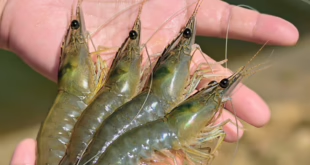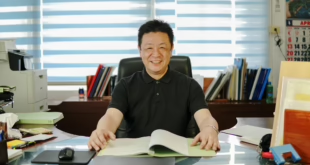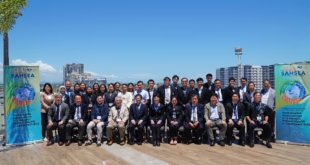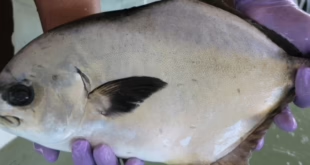
MAKATI, Philippines – The Secretary-General of the Southeast Asian Fisheries Development Center (SEAFDEC) has expressed an interest to partner with the Southeast Asian Regional Center for Graduate Study and Research in Agriculture (SEARCA) toward food and nutrition security and rural poverty alleviation in the region.
Dr. Chumnarn Pongsri, SEAFDEC Secretary-General and concurrently Chief of its Training Department, expressed this interest during the 15th Meeting of his Center’s Information Staff on 28-30 October at the Best Western Plus Antel Hotel, Makati City, Manila, Philippines. He noted SEARCA and SEAFDEC’s aligned mandates during a presentation made by SEARCA’s Dr. Maria Celeste H. Cadiz, Program Head, Knowledge Management (KM) Department, about SEARCA’s KM Program on 29 October 2014.
Dr. Pongsri elaborated that his center could provide the fisheries component in the overall inclusive and sustainable agricultural and rural development (ISARD) thrust of SEARCA in its Tenth Five-Year Plan. Dr. Cadiz acknowledged the importance of the fisheries sector in ISARD as they are among the poorest sectors of the rural population.
During her presentation, Dr. Cadiz gave an overview of SEARCA and the three arms of its KM strategy that promotes a culture of adaptive and social learning, knowledge sharing and use, and knowledge creation toward ISARD. [Originally posted @ www.searca.org; written by Dr. MC Cadiz]

 SEAFDEC/AQD Southeast Asian Fisheries Development Center | Aquaculture Department
SEAFDEC/AQD Southeast Asian Fisheries Development Center | Aquaculture Department



